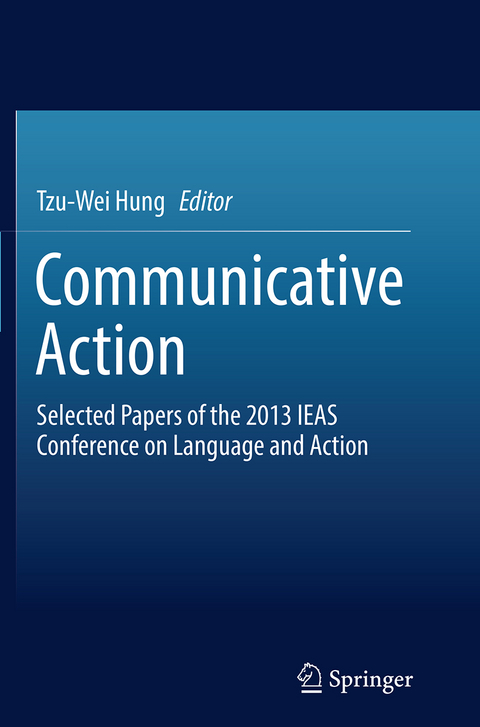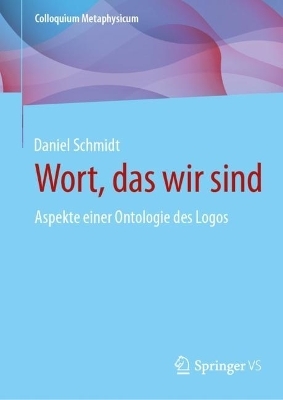
Communicative Action
Springer Verlag, Singapore
978-981-10-1355-3 (ISBN)
Readers will discover various methods that have been employed in investigations presented here, including neurological experiment, computational modeling and logical and philosophical analysis.
These diverse expert perspectives shed light on the extent to which a mechanism for processing actions also facilitates the processing of language and the authors’ work prompts further interdisciplinary investigation of the relationship between language and action.
This book is written for readers from different academic backgrounds; from graduate students to established academics in disciplines ranging from neuroscience to psychology, philosophy, linguistics and beyond.
Earlier versions of the selected essays in this book were presented at the 2013 IEAS Conference on Language and Action, held in Taipei, Taiwan.
Tzu-Wei Hung is an assistant research fellow and a project coordinator at the Institute of European and American Studies at the Academia Sincia, the highest academic institution in Taiwan. He received his PhD from Kings College London in 2011 for a dissertation on the relation between the shared circuits model and language processing supervised by Shalom Lappin and Jim Hopkins. His work primarily focuses on the questions of how, and to what extent, the mechanism of action imitation can also describe sentence imitation. His honors include the Taiwan Merit Scholarship, National Science Council and the Academia Sinica Fellowships for Doctoral Candidates in the Humanities and Social Sciences.
Preface.- Part 1: Language in Communication.- Chapter 1: Names, Descriptions and Assertion.- Chapter 2: Indefinites in Action.- Chapter 3: A Defense of the Knowledge Account of Assertion: From a Model-theoretic Perspective.- Part 2: Action and Bodily Awareness.- Chapter 4: When Actions Feel Alien.- Chapter 5: Self-Consciousness and its Linguistic Expression.- Chapter 6: Personal and Sub-Personal: Overcoming Explanatory Apartheid.- Part 3: Sensorimotor Interaction and Language Acquisition.- Chapter 7: How Infants Learn Word Meanings and Propositional Attitudes: A Neural Network Model.- Chapter 8: What Action Comprehension Tells Us about Meaning Interpretation.
| Erscheinungsdatum | 18.09.2016 |
|---|---|
| Zusatzinfo | 20 Illustrations, black and white; IX, 139 p. 20 illus. |
| Verlagsort | Singapore |
| Sprache | englisch |
| Maße | 155 x 235 mm |
| Themenwelt | Geisteswissenschaften ► Philosophie ► Sprachphilosophie |
| Sozialwissenschaften ► Kommunikation / Medien ► Allgemeines / Lexika | |
| Sozialwissenschaften ► Kommunikation / Medien ► Kommunikationswissenschaft | |
| Sozialwissenschaften ► Kommunikation / Medien ► Medienwissenschaft | |
| Schlagworte | Communication-based approach to the study of language • Communicative actions • Constitutive condition on action • Davidson’s approach to evaluations • Deictic and anaphoric uses of demonstrative noun phrases • Dialectic between Drefus and Searle • Indefinite expressions in communication • Indefinites in action • Intentions in action • Motor Motor representations • motor representations • Norms of assertion • Philosophy of action • Relationship between action and language • Relationship between speech act content and assertion • Semantics • Speech act content • Verbal communication |
| ISBN-10 | 981-10-1355-1 / 9811013551 |
| ISBN-13 | 978-981-10-1355-3 / 9789811013553 |
| Zustand | Neuware |
| Haben Sie eine Frage zum Produkt? |
aus dem Bereich


